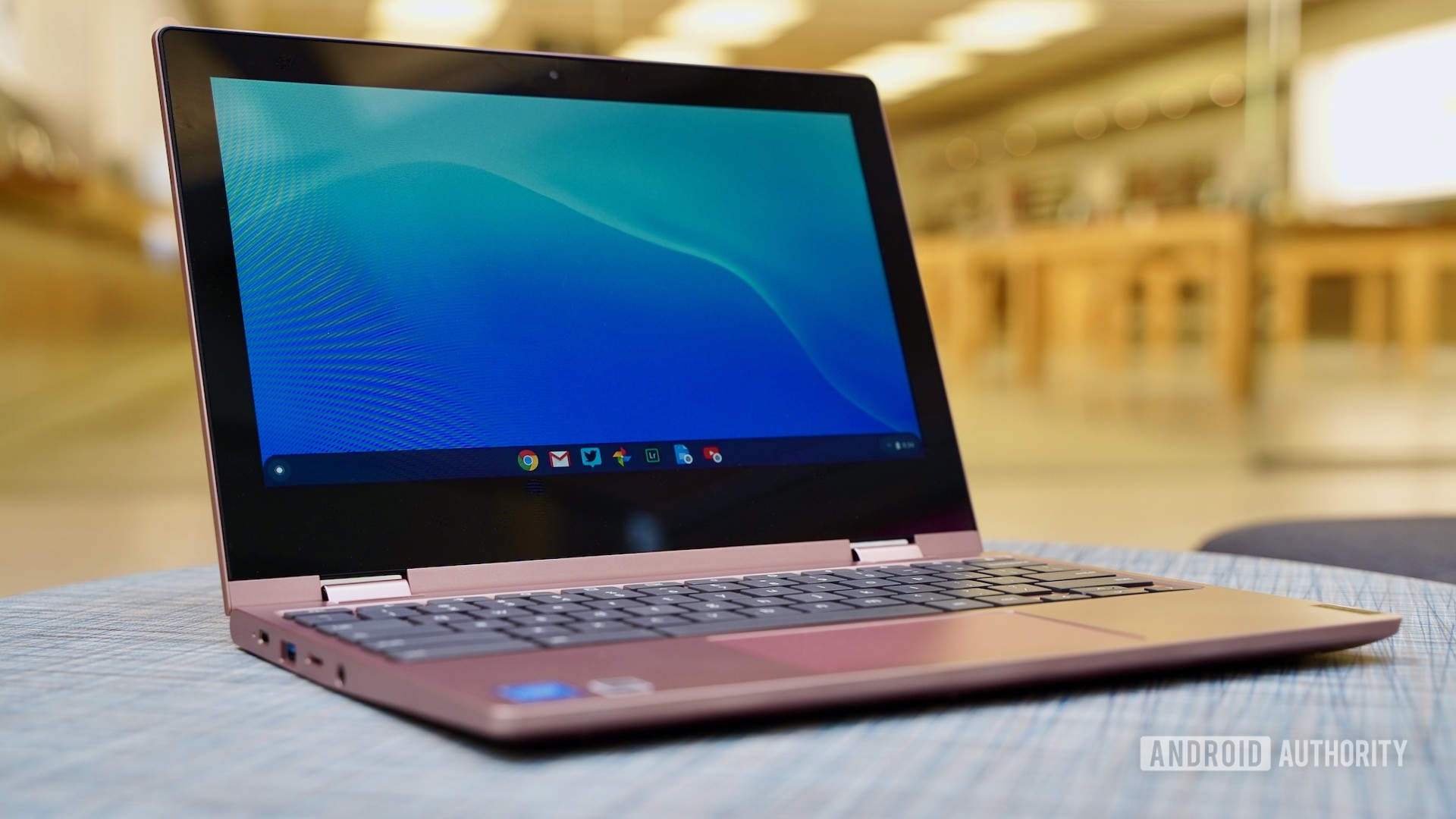Update, June 1, 2020 (4:15AM ET): According to popular tipster Ishan Agarwal (via 91Mobiles), Xiaomi will launch its first laptop in India on June 11. The device is expected to be a rebranded RedmiBook 13 which could be sold under the “Mi” brand in India.
Xiaomi is launching new Mi Laptops on June 11! We are expecting (view link!) it to be based on Chinese RedmiBook 13 (or 14 II). Will come with Bezel-less, thin & light design, 1C Charging and upto Intel i7.#MakeEpicHappen #EP1C
Link for leaked teasers: https://t.co/9DvZrB0AMA
— Ishan Agarwal (@ishanagarwal24) May 31, 2020
Marketing material shared by the tipster with 91Mobiles apparently shows that the laptop will feature very thin bezels around a 13-inch display. It is said to come with an Intel Core i7 processor, unlike the Ryzen-powered RedmiBook 13 refresh that Xiaomi recently announced in China.
Meanwhile, Xiaomi India has also shared a cryptic teaser with an emphasis on the number “1,” adding more fuel to the laptop’s rumored June 11 launch date.
Happening soon!! The EP1C announcement you all have been waiting for.
Any guesses? Share in comments below.
RT with #MakeEpicHappen if you are excited. pic.twitter.com/GQaaMw0HOb
— Mi India (@XiaomiIndia) May 31, 2020
Original article, May 28, 2020 (4:21 AM ET): Xiaomi is gearing up to finally launch one of its most anticipated categories of products in India — laptops. The company is teasing a new product launch in India through a series of “It’s Time” videos on Twitter.
The first such tweet came from Xiaomi’s India MD and Global VP, Manu Kumar Jain. In the teaser video, Jain can be seen shutting a laptop screen and saying “It’s time,” indicating that Redmi or Mi-branded laptops could soon launch in India.
Jain’s tweet was also followed by other Xiaomi India employees posting similar video teasers.
Mi fans, it’s time.
Show us your excitement by sharing your own “It’s Time” videos with us in comments.
Do use the hashtag – #WhatsNextFromMi.
Refer to @manukumarjain‘s video for some inspiration.
https://t.co/EUqyl1WOs4
— Mi India (@XiaomiIndia) May 27, 2020
Another video teaser tweeted out by Mi India later challenges laptop makers like Dell, Acer, HP, Lenovo, and Asus, more or less confirming that Xiaomi laptops are headed to India.
Hey there
, @Dell_IN, @Acer_India, @HPIndia, @Lenovo_in, @ASUSIndia.
We guess it’s time to say, Hello! pic.twitter.com/5jYcriEeFQ
— Mi India (@XiaomiIndia) May 28, 2020
Which Xiaomi laptops can you expect in India?
Xiaomi’s laptops have been highly anticipated in India, mostly because of their premium specs, MacBook-like design, and affordable prices. While the teaser videos don’t say which models are coming, we expect Xiaomi could launch both RedmiBook and Mi Notebook (Air/Pro) variants in India.
The India launch of these laptops was also previously tipped by popular leaker Ishan Agarwal.
Xiaomi recently launched the RedmiBook 16 alongside the Redmi 10X in China. It’s a 16-inch laptop powered by a 2.3GHz AMD Ryzen processor and costs roughly Rs 47,000 (~$620). The RedmiBook 13 and 14 also got an upgrade with AMD Ryzen 4000 processors. All these laptops could be serious challengers in the under Rs 50,000 (~$620) laptop category in India.
Meanwhile, the Mi Notebook Air and Pro models could spruce up competition in the ultra-thin premium laptop segment.
Given Xiaomi’s “What’s New With Mi” hashtag, we expect the company will first bring the Mi-branded laptops to India, before launching the cheaper RedmiBooks.
There’s no launch date yet, but we’ll keep you posted as and when we hear more.
More posts about Xiaomi
from Android Authority https://ift.tt/2M7p9Hq





















